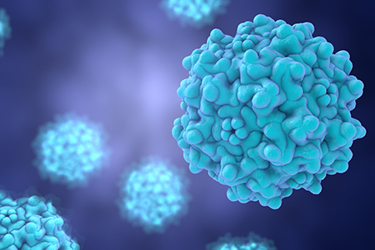Novel Anion Exchange Membrane Chromatography Method For The Separation Of Empty And Full Adeno-Associated Virus
By Adam L Hejmowski, Kurt Boenning, Julio Huato, Aydin Kavara, and Mark Schofield

A challenge in the production of recombinant Adeno-Associated Virus (AAV) for gene therapies is the presence of capsids that lack the required gene of interest. The impact of these empty vectors in therapies is not fully understood, however the ability to control the ratio of empty to full particles, which contain the genetic payload, is a necessary step in the purification of these viruses. In this study, a novel anion exchange chromatography elution method for enrichment of full AAV particles is demonstrated. A step gradient with small conductivity increases of around 1 mS cm–1 provides more efficient separation of empty and full AAV serotype 5 across membranemedia as compared to conventional linear gradient method. The use of this approach in optimizing a simpler method for manufacturing processes and scalability to a larger chromatographic volume is explored. With this approach, the authors achieved greater than 4-fold enrichment of full capsids, to give a total of ≈50%–60% full capsids, using a 25mM Bis-Tris Propane pH 9.0 buffer system with NaCl as the eluting salt. Results suggest that this elution method can be implemented into a scalable process and can provide insight into development of elution methods for other AAV serotypes.
Hejmowski, A. L., Boenning, K., Huat J., Kavara, A., & Schofield, M. (2021). Novel Anion Exchange Membrane Chromatography Method for the Separation of Empty and Full Adeno-Associated Virus. Biotechnology Journa e2100219. https://doi.org/10.1002/biot.202100219
Get unlimited access to:
Enter your credentials below to log in. Not yet a member of Cell & Gene? Subscribe today.
